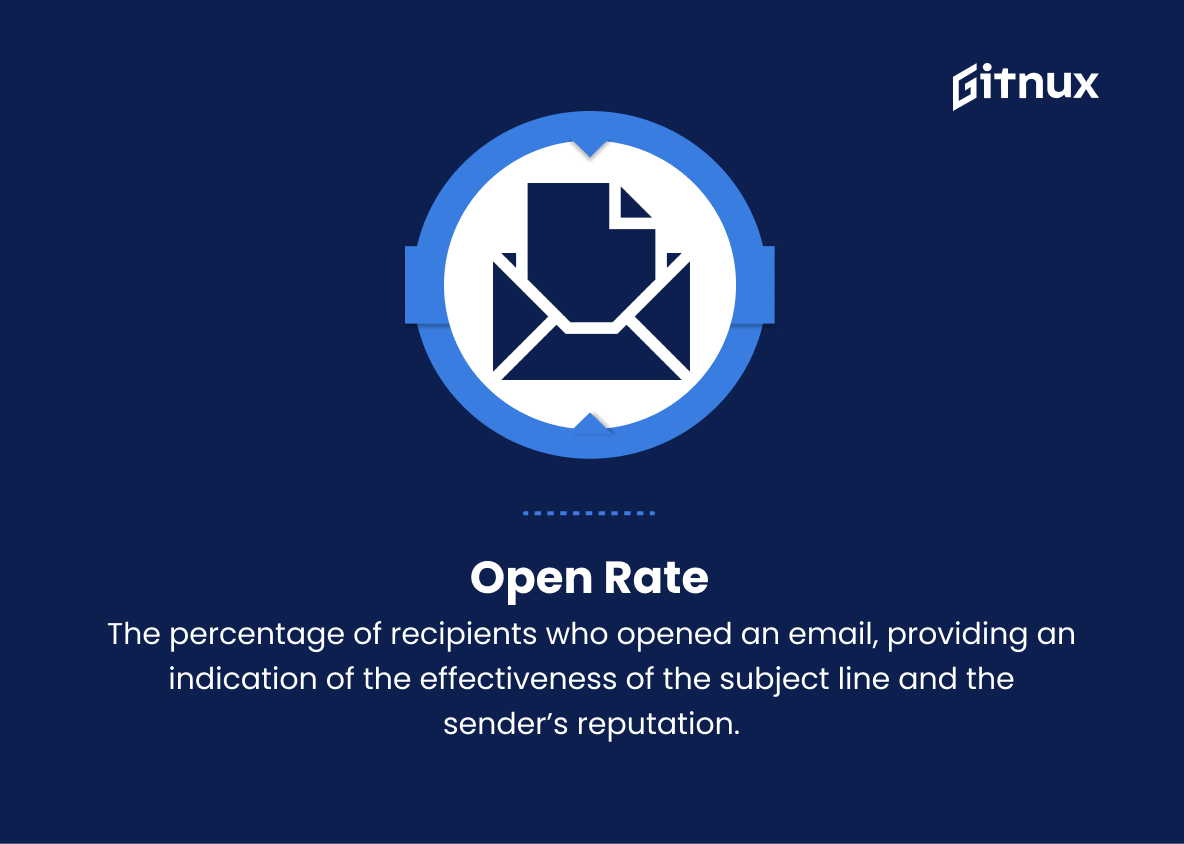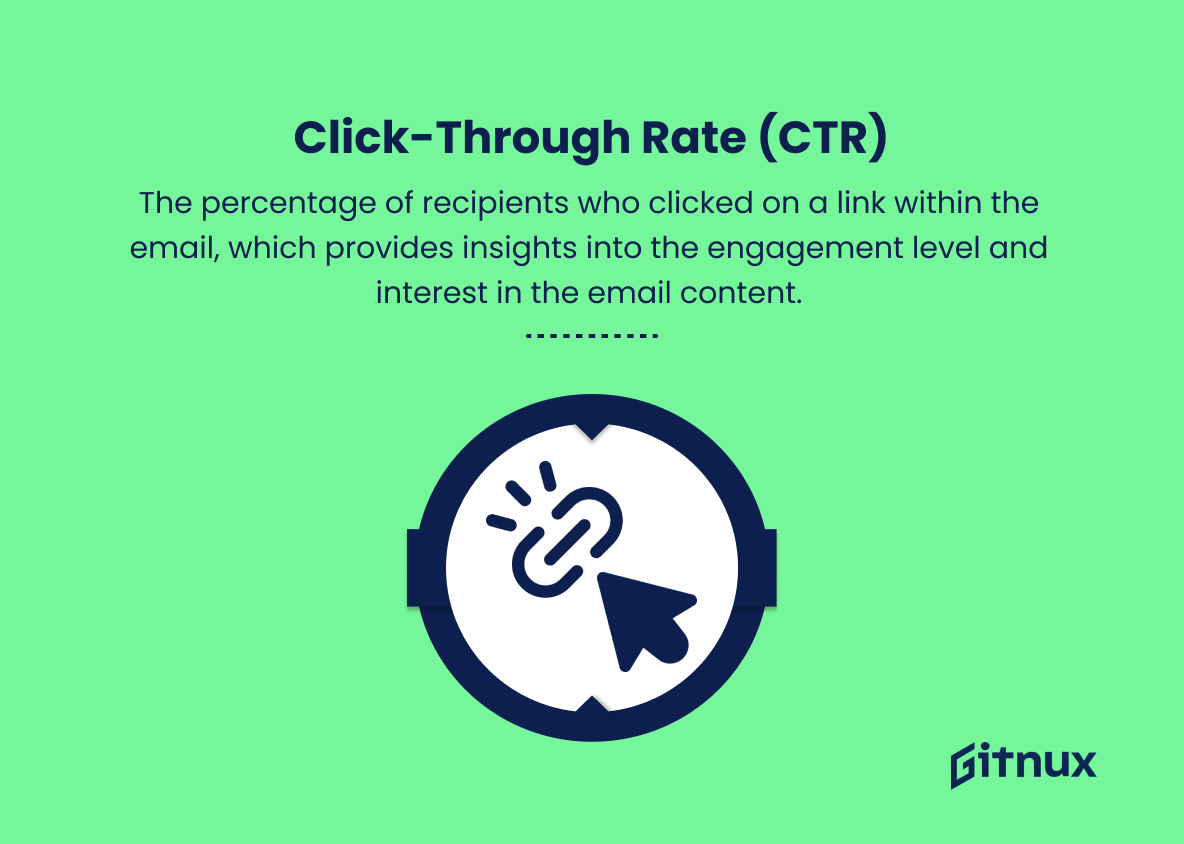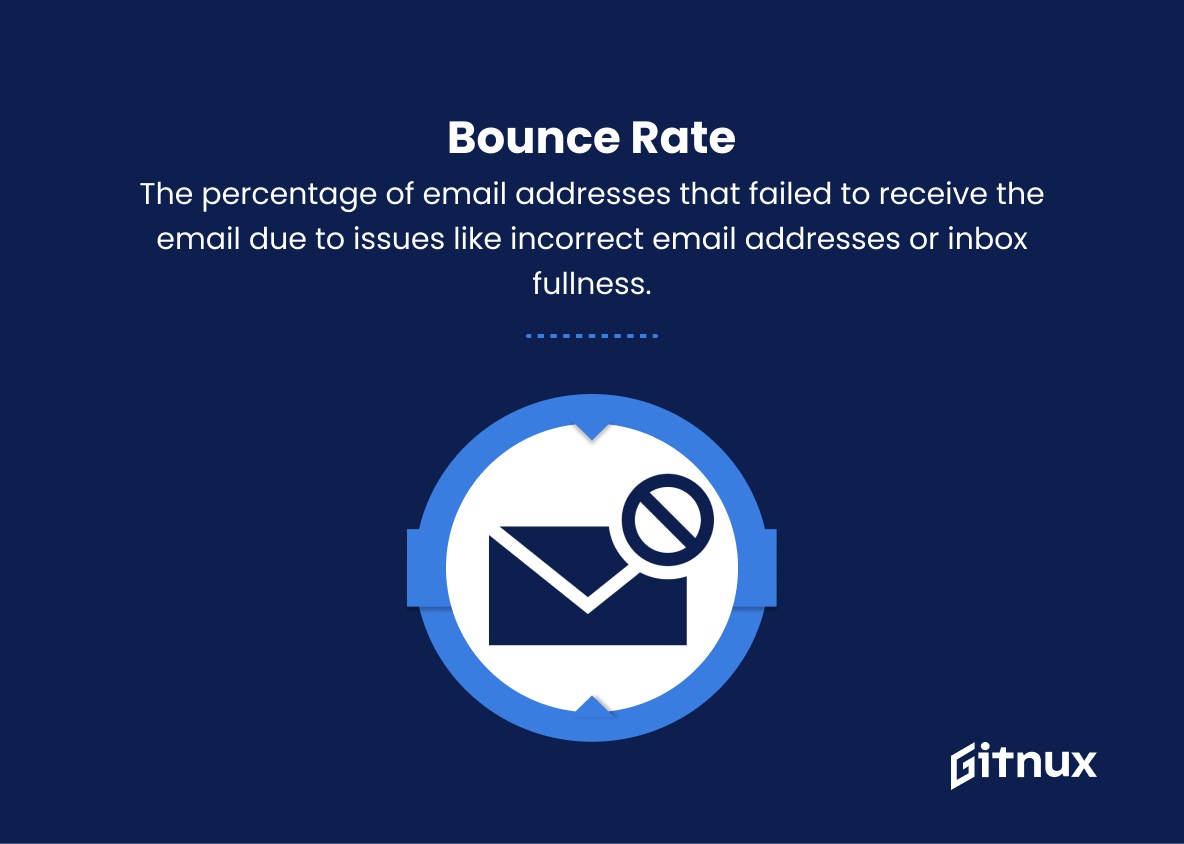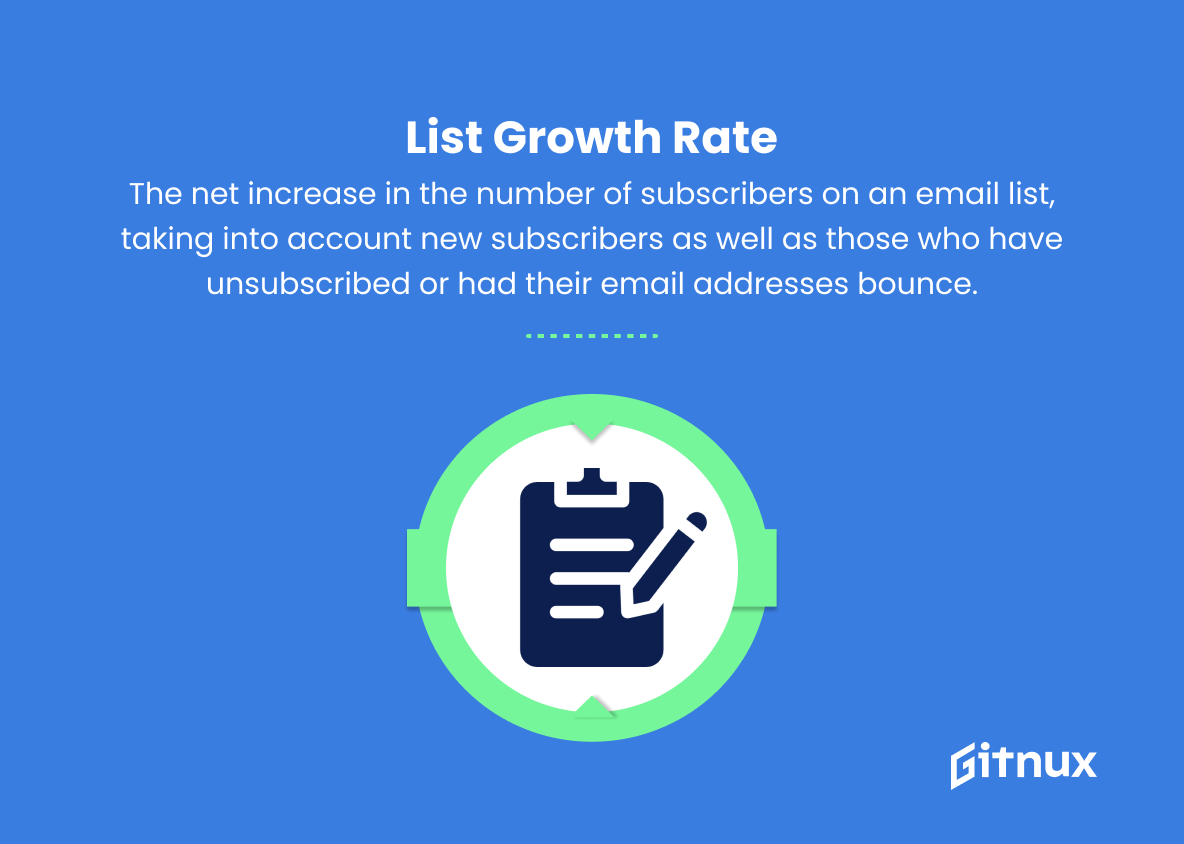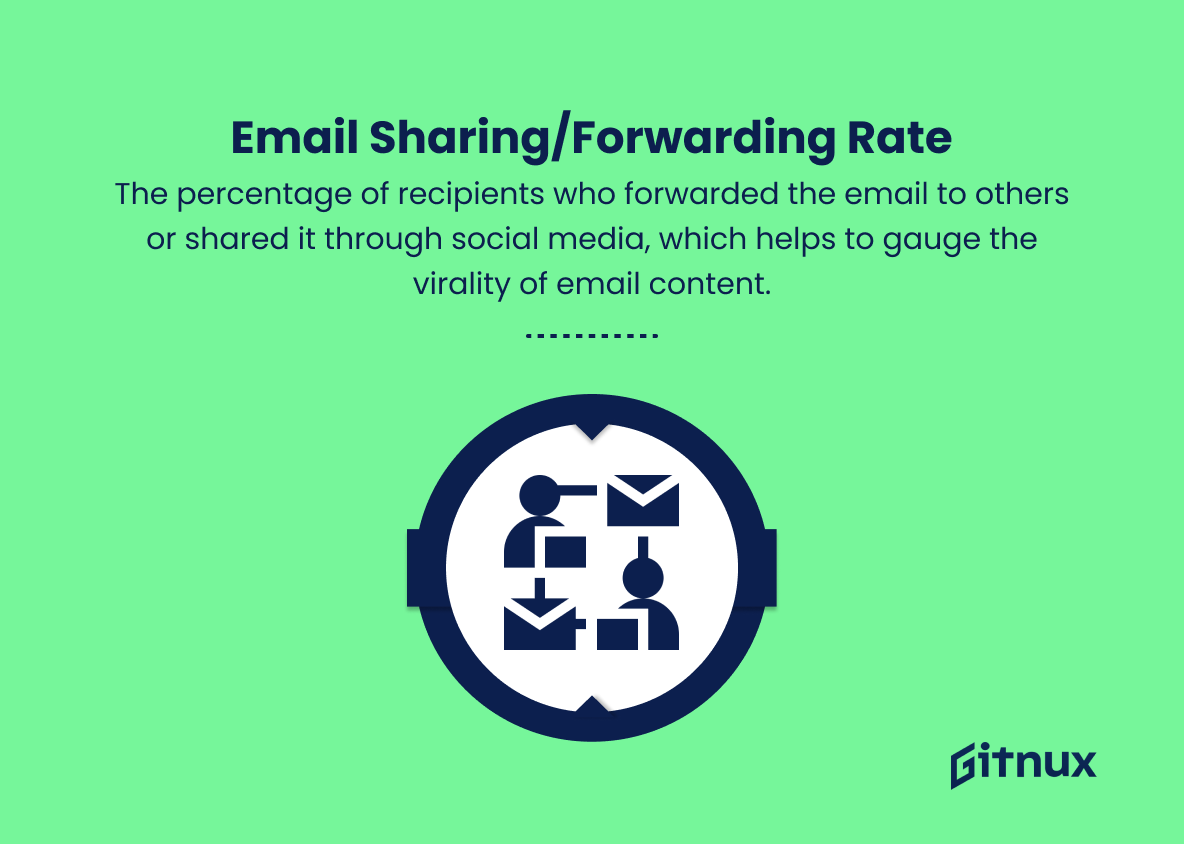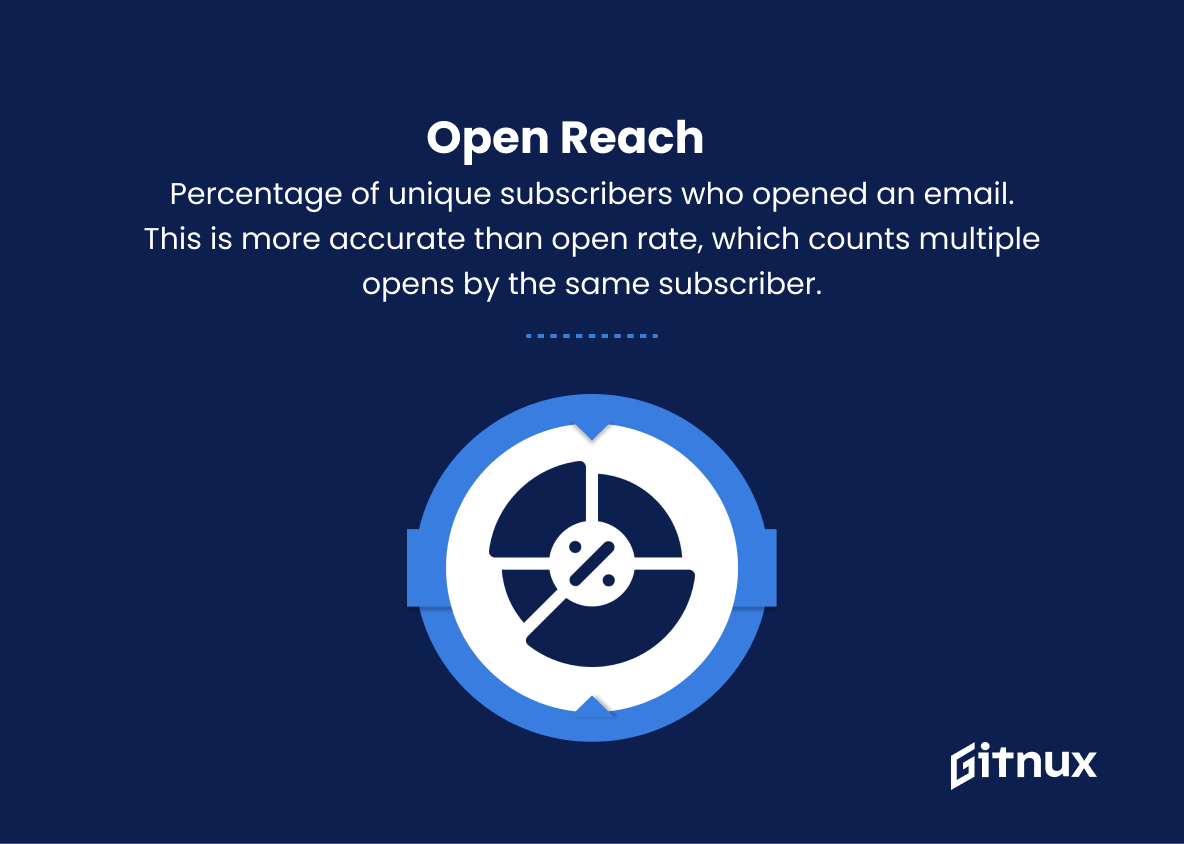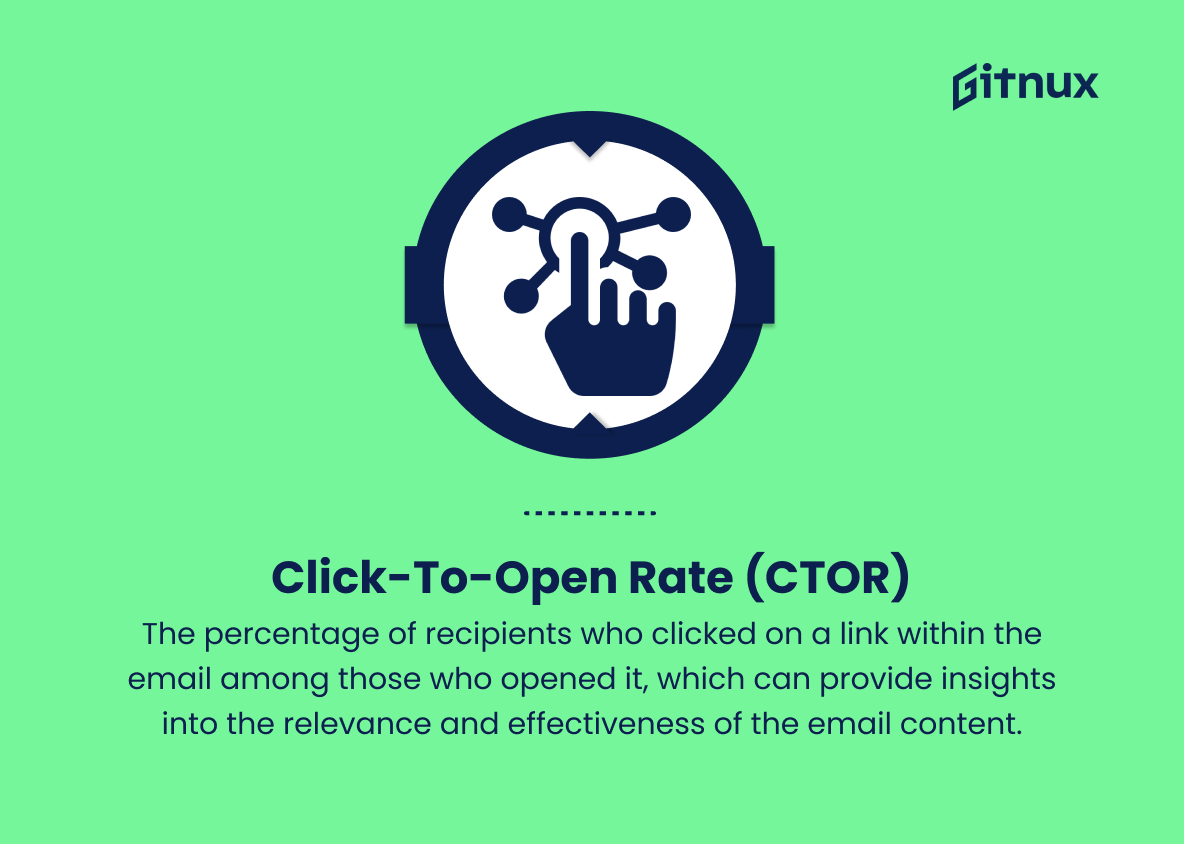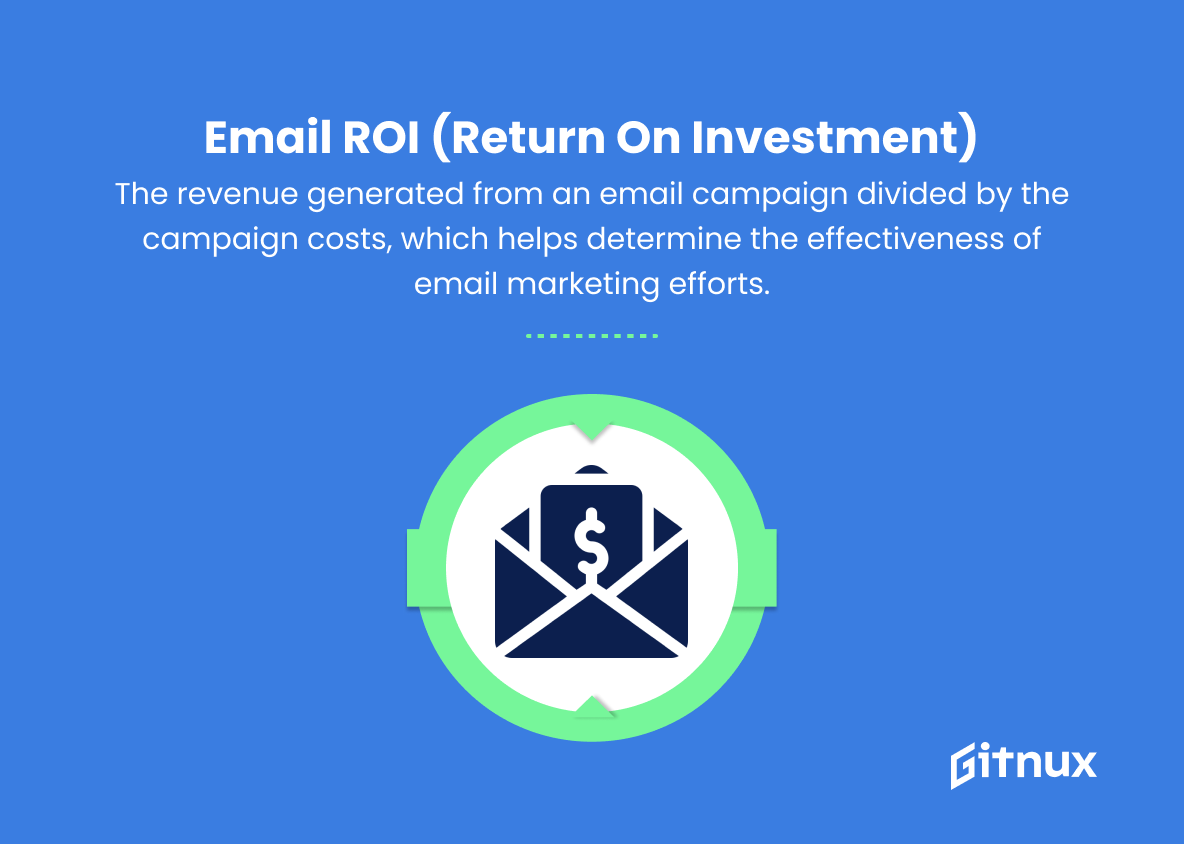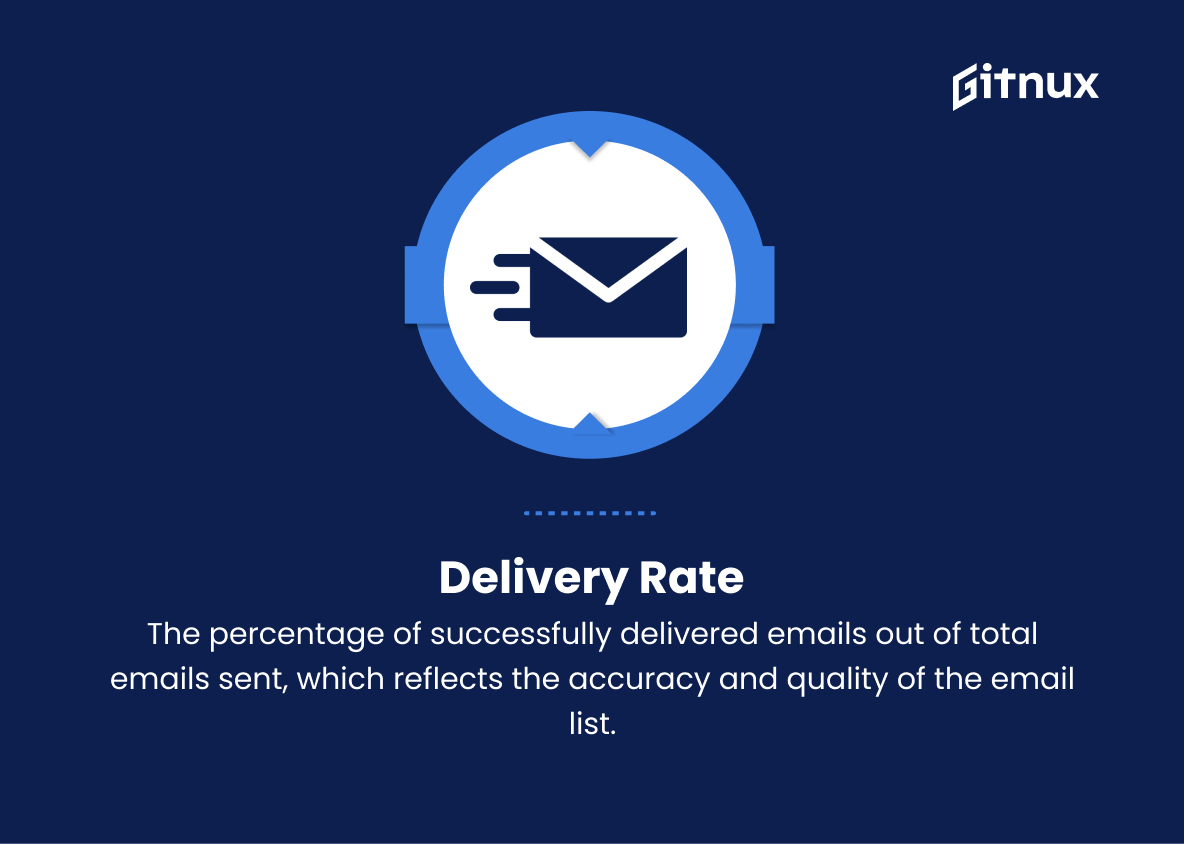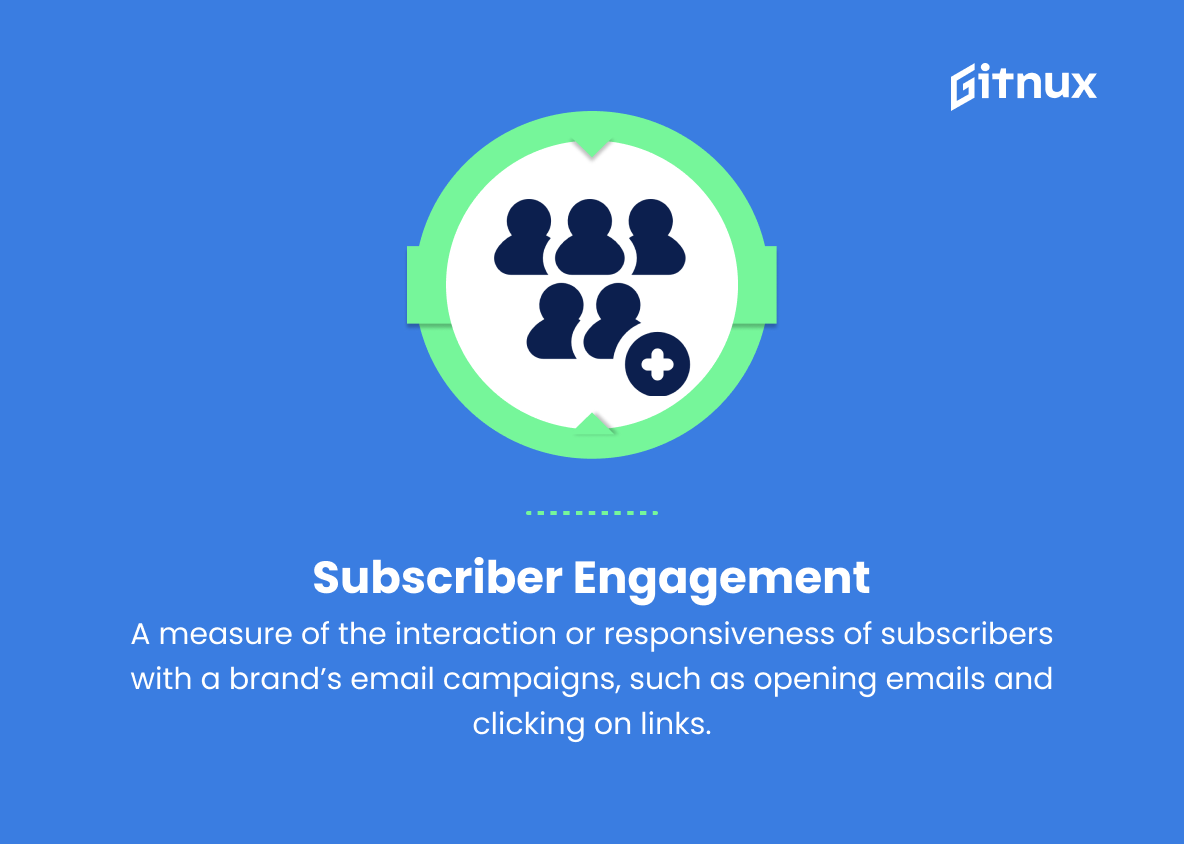In today’s data-driven digital landscape, measuring the performance of our email campaigns is crucial for gauging success, optimizing strategies, and solidifying our connections with our target audience. Email metrics provide the insights we need to refine our approach and sharpen our tactics, effectively transforming every email’s potential into tangible results.
This in-depth blog post will delve into the world of email metrics, exploring the key performance indicators (KPIs) you should be focusing on, and giving you the tools you need to elevate your email marketing game. So, join us as we embark on a journey to unlock the power of email analytics and sculpt the future of successful digital communication.
Email Metrics You Should Know
1. Open Rate
The percentage of recipients who opened an email, providing an indication of the effectiveness of the subject line and the sender’s reputation.
2. Click-Through Rate (CTR)
The percentage of recipients who clicked on a link within the email, which provides insights into the engagement level and interest in the email content.
3. Conversion Rate
The percentage of recipients who completed a desired action after clicking on a link, such as making a purchase or signing up for a webinar.
4. Bounce Rate
The percentage of email addresses that failed to receive the email due to issues like incorrect email addresses or inbox fullness.
5. Unsubscribe Rate
The percentage of recipients who chose to unsubscribe from the mailing list, which could indicate dissatisfaction with the content or frequency of emails.
6. List Growth Rate
The net increase in the number of subscribers on an email list, taking into account new subscribers as well as those who have unsubscribed or had their email addresses bounce.
7. Spam Complaint Rate
The percentage of recipients who reported an email as spam, which could negatively impact sender reputation and email deliverability.
8. Email Sharing/Forwarding Rate
The percentage of recipients who forwarded the email to others or shared it through social media, which helps to gauge the virality of email content.
9. Time Spent in Email
The average amount of time recipients spend engaging with the email content, which can provide insights into the effectiveness of email design and content.
10. Open Reach
The percentage of unique subscribers who opened the email at least once, which is a more accurate indicator of email performance when compared to the open rate (due to multiple opens by single subscribers).
11. Click-to-Open Rate (CTOR)
The percentage of recipients who clicked on a link within the email among those who opened it, which can provide insights into the relevance and effectiveness of the email content.
12. Email ROI (Return on Investment)
The revenue generated from an email campaign divided by the campaign costs, which helps determine the effectiveness of email marketing efforts.
13. Delivery Rate
The percentage of successfully delivered emails out of total emails sent, which reflects the accuracy and quality of the email list.
14. Mobile Open Rate
The percentage of emails opened on mobile devices compared to desktops, which can provide insights into the importance of optimizing email design for mobile devices.
15. Subscriber Engagement
A measure of the interaction or responsiveness of subscribers with a brand’s email campaigns, such as opening emails and clicking on links.
Email Metrics Explained
Email metrics are essential for analyzing the success of email campaigns and identifying areas for improvement. The open rate indicates the effectiveness of the subject line and sender reputation, while the click-through rate (CTR) provides insights into engagement levels and interest in the content. Conversion rate measures recipients’ actions after clicking on a link, reflecting the direct impact on marketing goals. Bounce rate, unsubscribe rate, and spam complaint rate reveal potential issues in email deliverability, list quality, and satisfaction with the content or frequency.
List growth rate and email sharing/forwarding rate help to evaluate the expansion of audience reach and the virality of the content. Time spent in email, open reach, and click-to-open rate (CTOR) provide insights into the effectiveness of email design, relevance, and content. Email ROI helps to gauge the overall profitability of email marketing efforts. Delivery rate reflects the accuracy and quality of the email list while mobile open rate highlights the importance of optimizing email design for mobile devices. Lastly, subscriber engagement measures the interaction and responsiveness of subscribers with a brand’s email campaigns, indicating the effectiveness of the overall email marketing strategy.
Conclusion
In conclusion, email metrics serve as critical tools for gauging the effectiveness of your email marketing campaigns, addressing strengths and weaknesses, and fine-tuning your approach to maximize engagement and ROI. By understanding key metrics such as open rate, click-through rate, conversion rate, and bounce rate, marketers can optimize their strategies and enhance the overall performance. As we move forward in an increasingly data-driven world, prioritizing these email metrics will ensure that your marketing efforts remain innovative and successful, allowing you to make data-backed decisions and set the stage for continued growth.
